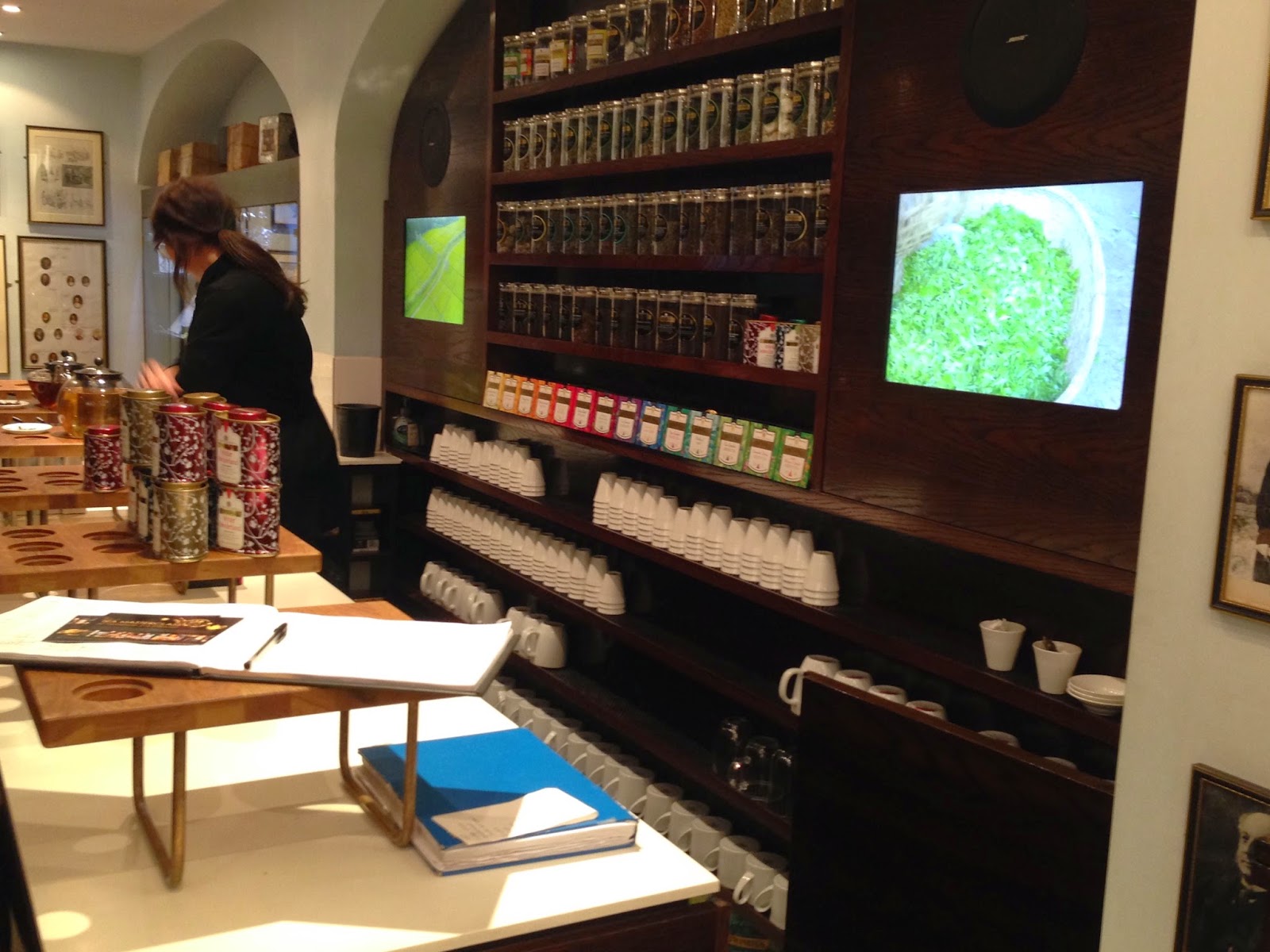This novel isn’t just a page-turner. The pages will be flipping so fast you’ll
feel the wind in your face. Part of it
is the blazing plot, wrapped around a horrible rape from years ago. Life moves on, until finally, vengeance comes
back to life in a murderous rampage. Shifting
the plot into high gear is a sharply etched detective, certain to become an
icon.
Max Wolfe is an English cop who’s given the job of sorting
things out. He sees things
clearly. While others hesitate, Wolfe
acts, regardless of politics, or personal feelings. That can piss people off, especially Wolfe’s
superiors, and especially when he’s right.
It’s not a question of shooting first and asking questions
later. Wolfe’s a thinker, a careful
observer. Nor is it ever a case of Wolfe
covering his ass. His ass hangs out all
the time. It doesn’t make him
comfortable, or well liked. And, he’s
not a lone Wolfe! (pun intended) He has
a lot to lose. No wife. She walked out on him and his young
daughter. Those are difficult dynamics
that lead to an even stronger attachment between the ones left behind. Wolfe feels those ties that bind. They cut into his concentration, they put his
emotions to the test, but they don’t stop him.
It’s worth mentioning what I don’t like in a
detective/mystery novel. A tear
dripping, double portion of angst.
Drinking problems and wife problems are such clichés that only a master
writer (such as Robert B Parker) can use them to good effect. In my opinion, even some well known craftsmen
spend too much time dwelling in depths of simpering worry, like the friend we
all know who can’t stop crying in his beer over the marriage that died five
years ago. We get it. You still love the bitch who broke your heart
and head. Shift that plot into sixth
gear and move our asses down the road.
The Murder Man
skillfully weaves personal trials into the matters at hand: the search for a killer who kills with a
purpose and leaves no clues. The
suspects are many, the reasons a wriggling mass of snakes, and it sometimes
seems Wolfe will be the next one bitten.
One of the things that draws me to this English crime
thriller is empathy. Not that I’ve
wrestled with similar circumstances, but the author writes with such a keen edge
that the reader is always at the center of the action, surrounded by
possibilities and subject to vicious thrusts of the knife.
I began to read this book, standing in a library, waiting
for my significant other to select her armload of Scottish kilted, wronged
heroine, quest for ancestral lands romances.
When I picked up The Murder Man,
I got lost in Wolfe’s world and had to be jogged back to reality.
“Honey?”……”HONEY?”
….. “HELL-O! Anybody home???”
“Oh…yeah…I mean…just one more page…”
Foot patting.
Impatiently waiting….”HONEY?”
The Murder Man is
that kind of twisty-turny-mystery that lets you ignore the scary scorn of a
wife who is ready to go….and I mean now! Just gotta get to the end of this
chapter…

.jpg)









